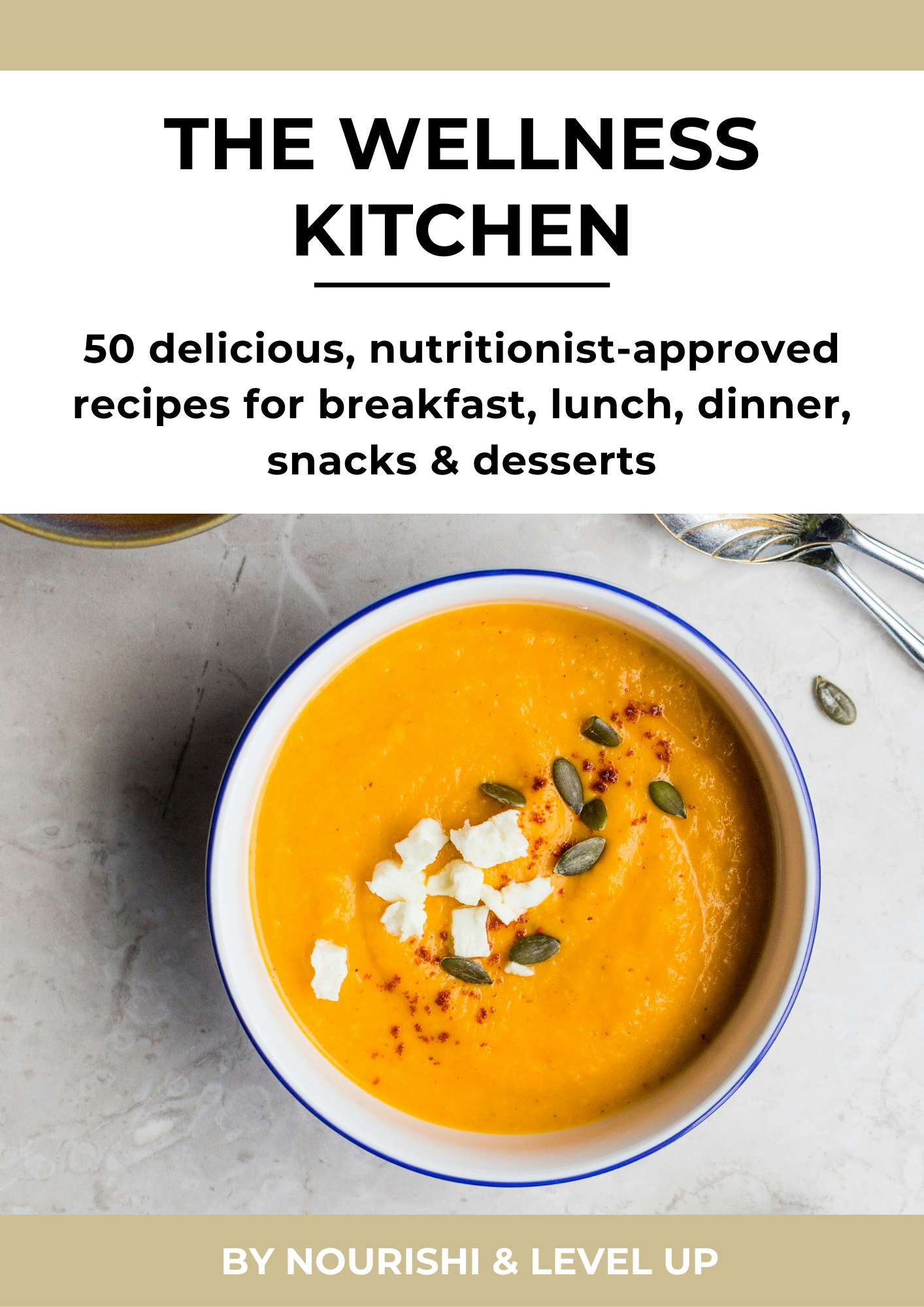7 Ways To Maximise Nutrient Absorption
You’re not just what you eat, but also what you can absorb.
And did you know that, how we prepare our meals, how we combine ingredients and even where our food comes from, can have a huge impact on how much of the nutrients from these foods we actually absorb?
We all know that eating whole and nutritious foods is important, but so is knowing how to maximise all the goodness they have to offer, so that they can fully support your well-being, including your energy and good moods.
To help you get as much benefit from the foods that you are eating as possible, here are 7 tips on how to optimise the absorption of nutrients they contain:
(1) CHOOSE THE RIGHT COOKING METHOD
It is well known that cooking, particularly fruits and vegetables, destroys some of the vitamins in these foods, and can also reduce the availability of minerals due to leaching.
Overall, research shows that steaming is the best cooking method for preserving nutrients,
particularly vitamins B and C, which are the most sensitive to high heat and long cooking times.
Boiling, on the other hand, tends to be the worst, as it also results in the highest loss of minerals due to their leeching into the surrounding water, in addition to the reduction in vitamins B and C.
Similarly, stir-frying is a better option than pan or deep frying, as it also preserves more nutrients than the latter two cooking methods, due to the food’s lower liquid (oil) exposure and shorter cooking times.
If you do choose to boil food (particularly fruits and veggies), use as little water as possible to minimise leeching and use the leftover water for later soups and stews (or even in smoothies!),
to make sure that you can still benefit from the minerals that ended up in the water during cooking.
To reduce the loss of nutrients it is also recommended to wait until the water is boiling hot before adding in the veggies, cooking vegetables and fruit in large chunks rather than finely cut pieces and always covering the pot to reduce cooking times.
(2) SOAK & SPROUT
Grains, beans, nuts and seeds are all packed with minerals that are essential for our health, including magnesium, zinc, iron and selenium. However, these foods also contain a substance called phytic acid, which is an anti-nutrient that binds to these minerals and prevents our body from effectively absorbing them.
The good news is that
soaking and sprouting deactivates phytic acid in these foods and improves the absorption of these key minerals.
So, to make sure that you get the maximum benefit from the minerals contained in these foods, make sure that you soak those beans or lentils in warm water for a few hours before you cook them, soak and then dry the nuts in the oven before consumption, or opt for breakfasts such as overnight oats rather than mixing dry oats with yogurt/milk/water first thing in the morning.
(3) KEEP THE PEEL
Many vegetables and fruits do not require peeling and aside from saving the time with removing their skin,
Eating them unpeeled also increases the amount of nutrients that we are consuming.
This includes foods like potato, apple, pears, carrots, cucumbers, courgettes and aubergines, whose skin contains a significant share of their nutrients. For example, 88% of all of the iron in a baked potato comes from its skin. Cucumber’s skin contributes 82% of all of its vitamin K, while the skin of an average apple packs 52% of all of apple’s fibre, 38% of it vitamin A and 24% of its vitamin C.
So rather than peeling these fruits and vegetables, give them a good wash and cook or serve them with the skin to make sure that your body benefits from all of the nutrients that they provide.
(4) ADD HEALTHY FATS TO VEGETABLES
Some nutrients, such as
Vitamins A, D, E and K, are better absorbed by our body when they are consumed together with fat.
Since many vegetables, such as dark greens and those of red, yellow and orange colour contain good amounts of one or more of these vitamins, it is always a good idea to serve them with a bit of healthy fat to maximise vitamin absorption.
You can do this by adding a spoon of cold pressed virgin olive oil to the veggies before you serve them, or eat them together with foods like avocados, nuts, eggs or fish that are all a good source of healthy fat.
Similarly, if you are taking a supplement that contains any these four vitamins, take them together with some healthy fat too, as this will have the same benefit for your body.
(5) DON’T DISCOUNT FROZEN FOOD
While we have all probably been told countless of times to eat plenty of fresh fruit and vegetables to stay healthy, we might be less familiar with the fact that
frozen produce can actually be equally (and sometimes more) nutritious than the fresh one.
The reason for this is that fresh produce is often picked before its peak ripeness, to ensure that it survives the transport and storage before being presented to consumers on the shelves of our favourite supermarket. However, this also gives them less time to develop a full spectrum of nutrients, such as antioxidants and vitamins, and minerals. During transport and storage, fresh fruits and veggies are also often exposed to lots of heat and light, which degrades some nutrients, particularly delicate vitamins B and C.
On the other hand, fruit and vegetables intended for freezing tend to be picked at their ripeness peak, when their nutrient content is generally at their maximum, and are then flash frozen which preserves most of their nutrients.
For fruits and vegetables that you do buy fresh, we recommend buying seasonal and locally grown produce when you can, as this will be picked closer to its full ripeness, fuller with nutrients and will also help lower your carbon footprint.
(6) COMBINE FOODS CAREFULLY
Since certain nutrients enhance the absorption of each other and others inhibit it, combining foods in the right way is another approach to maximising their benefits for your health.
There are many relationships that exist between different nutrients, however, there are a few that are worth keeping in mind as they are easy to optimise in our meal planning.
For example,
Vitamin C has been shown to increase the absorption of both iron and zinc.
Therefore, eating foods that are high in iron and/or zinc (e.g. meat, fish, eggs, dark green veggies, grains, beans and nuts) with foods such as peppers, tomatoes and citrus fruits that are high in vitamin C, will boost the uptake of both minerals in our body.
On the other hand,
Avoid combining high calcium foods such as dairy products with those that contain plenty of iron, zinc or magnesium
(E.g. meat, eggs and dark green leafy vegetables, oats and rice), as these minerals inhibit each other’s absorption our digestive tract.
(7) CHEW, CHEW, CHEW
How many times have we been told as children to chew our food well?
Digestion of the food begins as soon as we start chewing and saliva is released in our mouth. Saliva then moistens and softens the food and, with the help of the enzymes it contains, starts to initiate the breakdown of carbohydrates and fats in this food.
Chewing also triggers the production of stomach acid and pancreatic juices, which prepares the rest of the digestive system for processing the food. It also breaks down the food into smaller chunks, from which nutrients are then more effectively absorbed.
So how many times you should chew your food to achieve all that?
The actual number greatly depends on the type of food that your are eating, but it is always a good idea to
Chew each mouthful until the food is liquified or has lost its texture.
Chew slowly and steadily and focus only on your meal. Avoid distracting activities such as working or watching TV, as these are not conducive to proper chewing and can therefore indirectly affect your nutrient absorption.
So these simple tips can help you start improving the amount of nutrients your body absorbs from the food that you eat.
But – we should keep in mind that how your body absorbs different nutrients also significantly depends on your gut health, so making sure that your gut flora is well balanced is crucial too.






